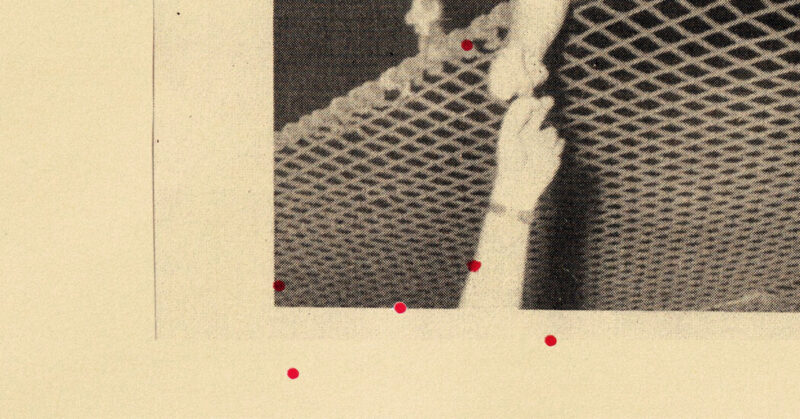Opinion | Many Patients Don’t Survive End-Stage Poverty

He has an easy smile, blue eyes and a life-threatening bone infection in one arm. Grateful for treatment, he jokes with the medical intern each morning. A friend, a fellow doctor, is supervising the man’s care. We both work as internists at a public hospital in the medical safety net, a loose term for institutions that disproportionately serve patients on Medicaid or without insurance. You could describe the safety net in another way, too, as a place that holds up a mirror to our nation.
What is reflected can be difficult to face. It’s this: After learning that antibiotics aren’t eradicating his infection and amputation is the only chance for cure, the man withdraws, says barely a word to the intern. When she asks what he’s thinking, his reply is so tentative that she has to prompt him to repeat himself. Now with a clear voice, he tells her that if his arm must be amputated, he doesn’t want to live. She doesn’t understand what it’s like to survive on the streets, he continues. With a disability, he’ll be a target — robbed, assaulted. He’d rather die, unless, he says later, someone can find him a permanent apartment. In that case, he’ll proceed with the amputation.
The psychiatrists evaluate him. He’s not suicidal. His reasoning is logical. The social workers search for rooms, but in San Francisco far more people need long-term rehousing than the available units can accommodate. That the medical care the patient is receiving exceeds the cost of a year’s rent makes no practical difference. Eventually, the palliative care doctors see him. He transitions to hospice and dies.
A death certificate would say he died of sepsis from a bone infection, but my friend and I have a term for the illness that killed him: end-stage poverty. We needed to coin a phrase because so many of our patients die of the same thing.
Safety-net hospitals and clinics care for a population heavily skewed toward the poor, recent immigrants and people of color. The budgets of these places are forever tight. And anyone who works in them could tell you that illness in our patients isn’t just a biological phenomenon. It’s the manifestation of social inequality in people’s bodies.
Neglecting this fact can make otherwise meticulous care fail. That’s why, on one busy night, a medical student on my team is scouring websites and LinkedIn. She’s not shirking her duties. In fact, she’s one of the best students I’ve ever taught.
This week she’s caring for a retired low-wage worker with strokes and likely early dementia who was found sleeping in the street. He abandoned his rent-controlled apartment when electrolyte and kidney problems triggered a period of severe confusion that has since been resolved. Now, with little savings, he has nowhere to go. A respite center can receive patients like him when it has vacancies. The alternative is a shelter bed. He’s nearly 90 years old.
Medical textbooks usually don’t discuss fixing your patient’s housing. They seldom include making sure your patient has enough food and some way to get to a clinic. But textbooks miss what my med students don’t: that people die for lack of these basics.
People struggle to keep wounds clean. Their medications get stolen. They sicken from poor diet, undervaccination and repeated psychological trauma. Forced to focus on short-term survival and often lacking cellphones, they miss appointments for everything from Pap smears to chemotherapy. They fall ill in myriad ways — and fall through the cracks in just as many.
Early in his hospitalization, our retired patient mentions a daughter, from whom he’s been estranged for years. He doesn’t know any contact details, just her name. It’s a long shot, but we wonder if she can take him in.
The med student has one mission: find her.
I love reading about medical advances. I’m blown away that with a brain implant, a person who’s paralyzed can move a robotic arm and that surgeons recently transplanted a genetically modified pig kidney into a man on dialysis. This is the best of American innovation and cause for celebration. But breakthroughs like these won’t fix the fact that despite spending the highest percentage of its G.D.P. on health care among O.E.C.D. nations, the United States has a life expectancy years lower than comparable nations—the U.K. and Canada— and a rate of preventable death far higher.
The solution to that problem is messy, incremental, protean and inglorious. It requires massive investment in housing, addiction treatment, free and low-barrier health care and social services. It calls for just as much innovation in the social realm as in the biomedical, for acknowledgment that inequities — based on race, class, primary language and other categories — mediate how disease becomes embodied. If health care is interpreted in the truest sense of caring for people’s health, it must be a practice that extends well beyond the boundaries of hospitals and clinics.
Meanwhile, on the ground, we make do. Though the social workers are excellent and try valiantly, there are too few of them, both in my hospital and throughout a country that devalues and underfunds their profession. And so the medical student spends hours helping the family of a newly arrived Filipino immigrant navigate the health insurance system. Without her efforts, he wouldn’t get treatment for acute hepatitis C. Another patient, who is in her 20s, can’t afford rent after losing her job because of repeated hospitalizations for pancreatitis — but she can’t get the pancreatic operation she needs without a home in which to recuperate. I phone an eviction defense lawyer friend; the young woman eventually gets surgery.
Sorting out housing and insurance isn’t the best use of my skill set or that of the medical students and residents, but our efforts can be rewarding. The internet turned up the work email of the daughter of the retired man. Her house was a little cramped with his grandchildren, she said, but she would make room. The medical student came in beaming.
In these cases we succeeded; in many others we don’t. Safety-net hospitals can feel like the rapids foreshadowing a waterfall, the final common destination to which people facing inequities are swept by forces beyond their control. We try our hardest to fish them out, but sometimes we can’t do much more than toss them a life jacket or maybe a barrel and hope for the best.
I used to teach residents about the principles of internal medicine — sodium disturbances, delirium management, antibiotics. I still do, but these days I also teach about other topics — tapping community resources, thinking creatively about barriers and troubleshooting how our patients can continue to get better after leaving the supports of the hospital.
When we debrief, residents tell me how much they struggle with the moral dissonance of working in a system in which the best medicine they can provide often falls short. They’re right about how much it hurts, so I don’t know exactly what to say to them. Perhaps I never will.
Lindsay Ryan is an associate physician at the University of California, San Francisco, department of medicine.
Source photographs by Bettmann and Fred W. McDarrah via Getty Images.
The Times is committed to publishing a diversity of letters to the editor. We’d like to hear what you think about this or any of our articles. Here are some tips. And here’s our email: letters@nytimes.com.
Follow the New York Times Opinion section on Facebook, Instagram, TikTok, WhatsApp, X and Threads.








